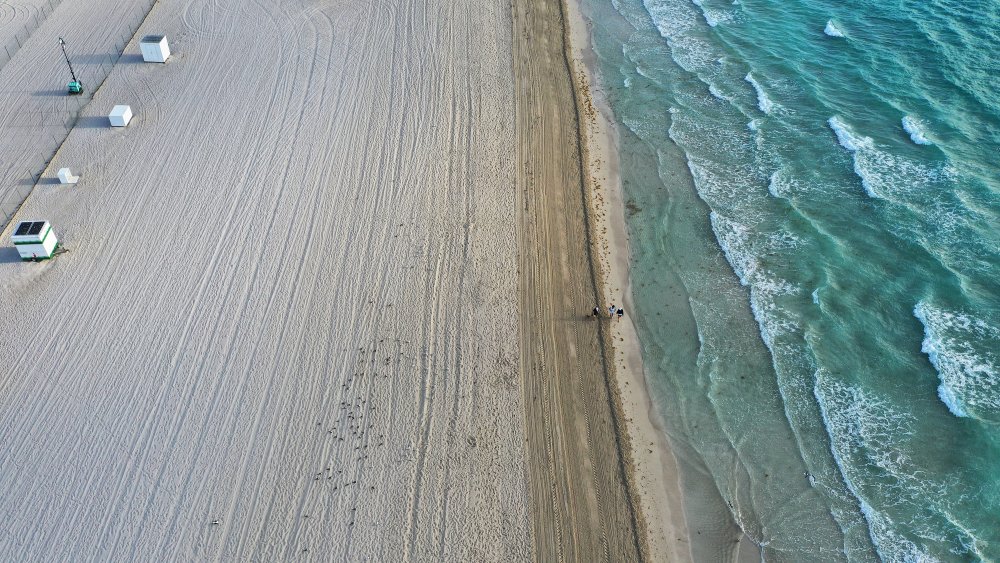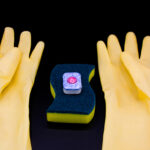
Cleaning DIY: Which Hacks Work and Which Don’t?

That’s why we’re here to help you out with some of the best “Dos and Don’ts” to know in advance when it comes to cleaning. Before plunging into your next mess, read these rules so you can safely avoid doing any damage.
Lemon & Olive Oil Wood Polish
Although both lemon and olive oil can be some of the most useful foods to use around the house, you still need to make sure that you’re using them wisely! Specifically when it comes to cleaning your wooden furniture. Why? Because each type of wood is different, and certain pieces of wood furniture might need a chemical varnish.
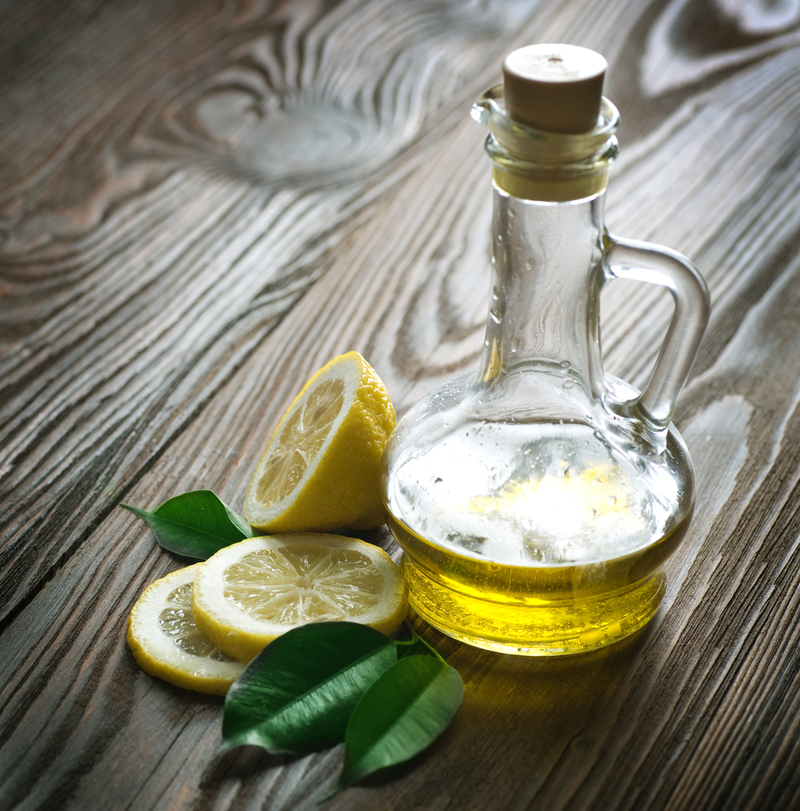
Another thing to be mindful of is that the oil in your DIY solution might not absorb well, leaving your wood surfaces too oily! The best thing to do is to test the solution on a small area and see how it works.
What to Do With Your Magic Eraser?
While there are a few neat tricks to cleaning your toilet bowl when it comes to those Mr. Clean magic erasers, this cool white sponge is actually just a normal sponge with a cleaning solvent injected into it.
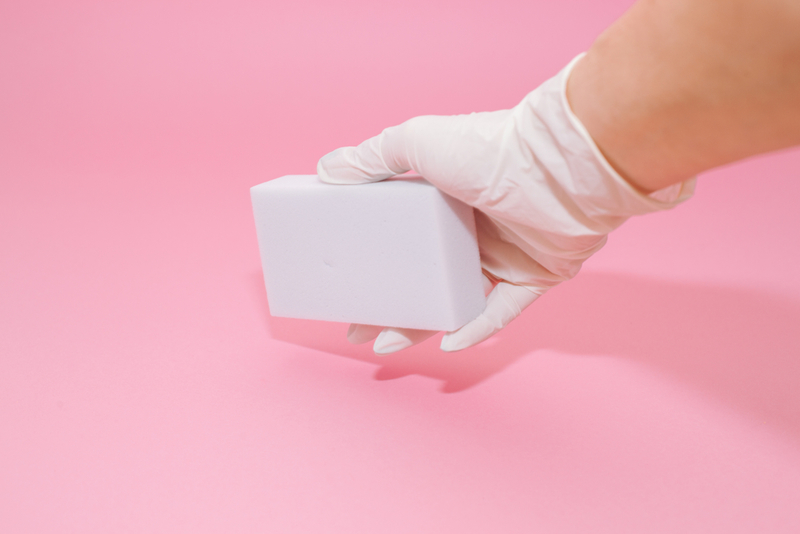
This would mean that flushing them down the toilet is just as bad, if not worse, than flushing absorbing paper towels because it’s just one big absorber and most likely won’t fit down the drain, to begin with. So just make sure you’re disposing of your magic erasers in the bin and not the bowl.
Toothpaste to Sparkle Your Silver?
You might not have heard of this trick that you can shine your silverware and jewelry with toothpaste. The trick is to make sure you’re using a non-gel and non-abrasive toothpaste so that you don’t degrade or diminish the surface.
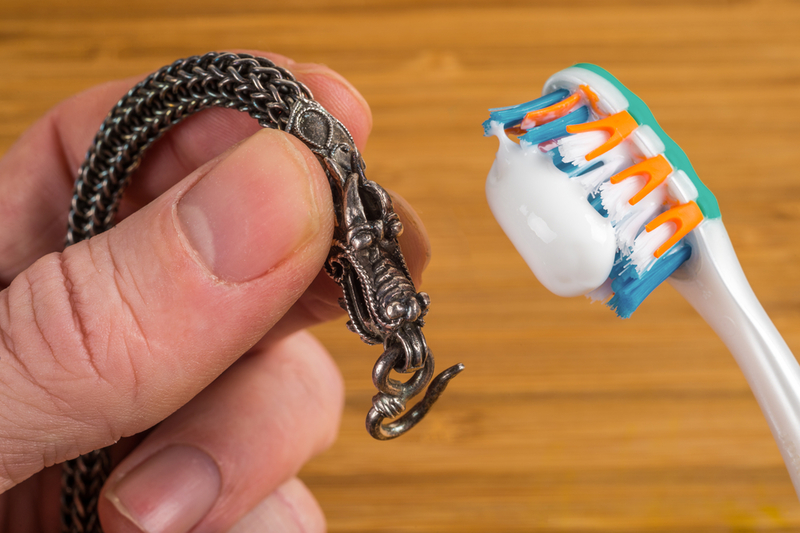
Another “don’t” to remember is that polishing silver-plated items with toothpaste can cause rust and erode the finish. In any case, if you’re going to try this hack, experiment it out on a small patch first.
Vinegar for Marble Cleaning?
Vinegar can be one of the most effective products to use when you’re cleaning since it’s strong, affordable, and natural. Nevertheless, you want to be careful with what you use it for.
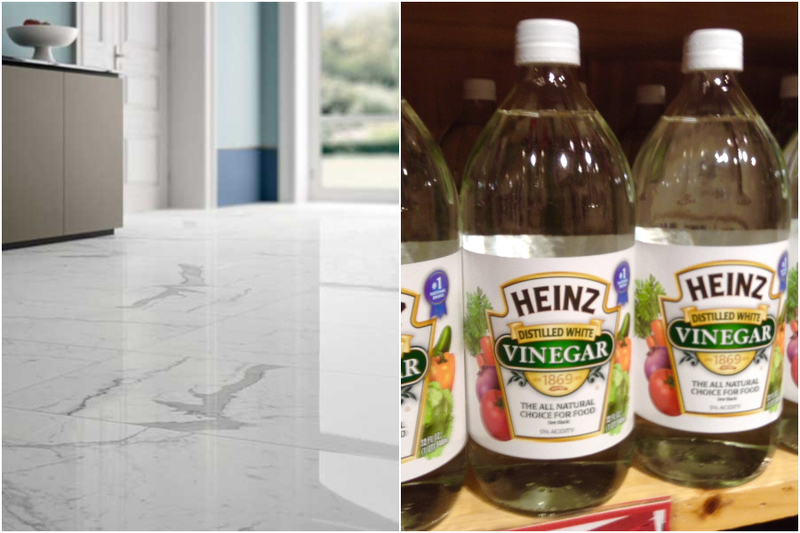
When it comes to cleaning up your spectacular countertops, be they marble or granite, vinegar is the last thing you want to use, as acidic cleaners may scratch the granite top and leave a dull or uneven color behind.
Should You Rub the Stains In?
Whether you’re hosting a birthday party or wine and cheese soirée, it’s always good to know how to handle any carpet stain. While drenching your carpet with a cleaning mixture and rubbing in the stain might work briefly, cleaning professionals advise against it. Why? Because you hazard pushing the stain further into the carpet and creating mold or odor issues.
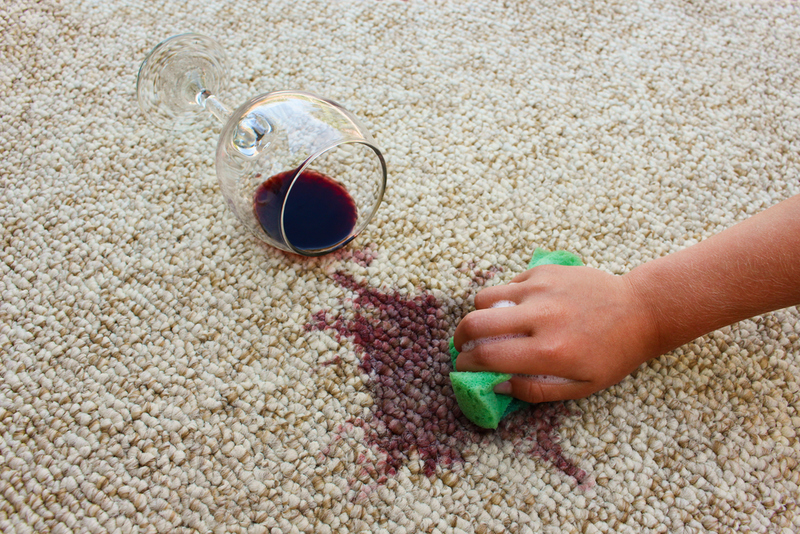
To avoid this, they suggest spraying your cleaning solution on a dry cleaning cloth and then “dab” or “blot” with patience rather than trying to “rub” the stained area deeper into the carpet.
Using Glass Jars for Cleaning Products Can Do More Harm Than Good
There’s nothing like finding ways to be more eco-friendly and reusing your glass containers and jars. However, the best thing to do when it comes to cleaning solutions is to keep them in their own personal containers with proper labels. Why? Firstly, because with the original container, you have immediate access to the product’s warnings and how to deal with an accident caused by the cleaning solution.
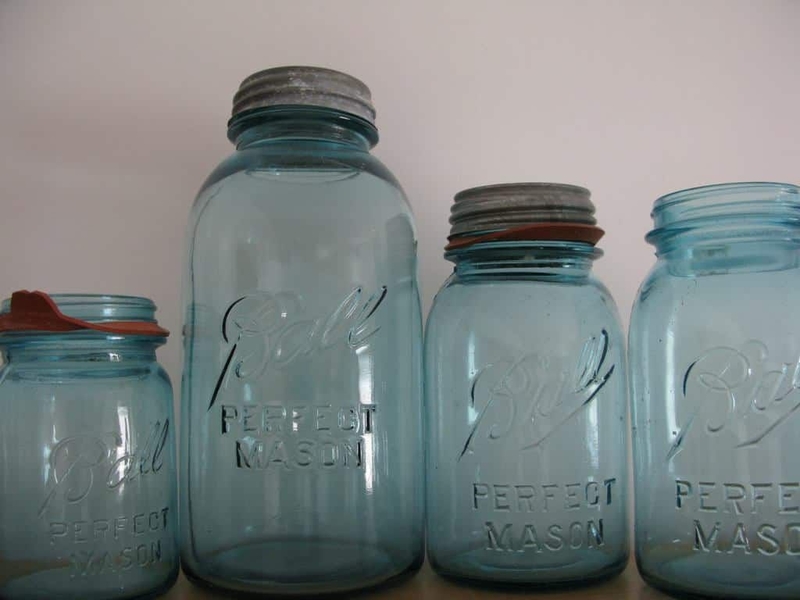
Another safety issue is that cross-contamination between cleaning products can be fatal, too. Some diluted liquid bleach solutions are susceptible to degradation. High temperatures, contamination, and even exposure to sunlight can cause the liquid bleach active to degrade into salt and water.
Coffee or Tea for Laundry?
Technically, coffee and tea have been known to keep dark clothes dark or even “dye” them; actually, using them in your washing machine has been proven to be pretty ineffective. The myth about adding one cup of black coffee to your laundry load is futile because of how much water your machine uses to wash your clothes.
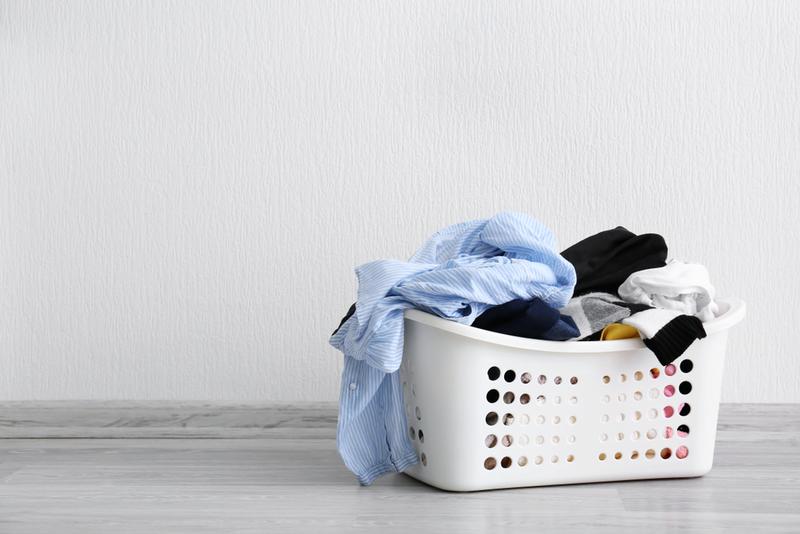
In other words, for those coffee and tea drinkers out there, don’t waste your precious tea herbs and coffee grounds for laundry. It would be better to keep your delicious caffeinated drinks to satisfy you in the morning and keep you energized to do your chores around the house.
Using Vinegar on Your Hardwood Floors
It’s always best to purchase and use the right cleaning products for your hardwood floors; if you’ve used a DIY vinegar-based solution already, then your surfaces should be fine if it was heavily diluted with water.

Still, though, you should stay away from using any kind of vinegar as a cleaning solution for your hardwood floors altogether. Why? Because the acid in the vinegar might damage the wood or the chemical varnish on them.
Using Bleach for Rust
We know that bleach’s main purpose is to remove stains, but bleach may be the last thing you want to use when it comes to rust. The chemical reaction in bleach has an oxidizing effect when removing stains on your clothes that is similar to the one that causes rust on metal.
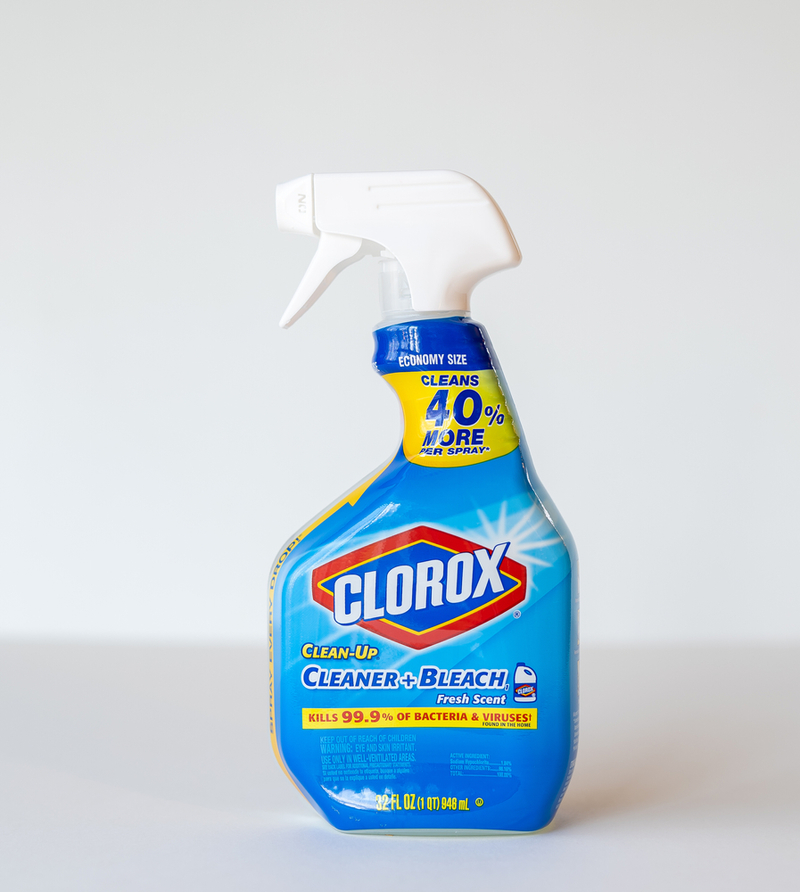
For many, this may be surprising, but for others, it’s probably obvious that you’ll need to use a rust remover product instead, which can usually be found at hardware stores.
Dishwashing Tablets to Clean the Show
Dishwashing tablets are incredibly convenient for a quick and easy way to clean your dishes, but did you know these tablets can be used beyond the kitchen? These dynamic little capsules are also great for cleaning bathroom surfaces.
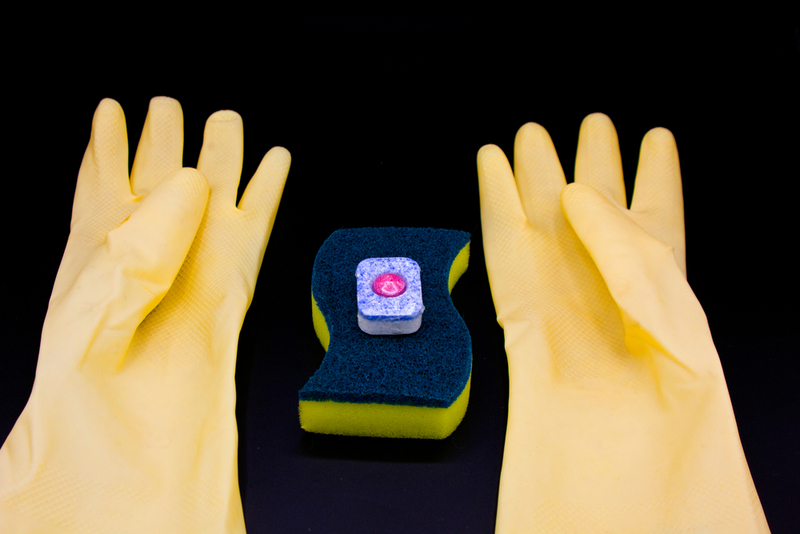
All you need to do is cut a hole in a sponge to insert a dishwashing tablet and wipe away all the smudges and smirches. Watch your shower doors look spotless in no time!
How to Deal with Odors in Your Fridge
Some studies show that storing newspapers in your fridge to remove odors is a great trick that works. But this is only a makeshift solution to a potentially more persistent problem; basically, it’s solutionism at its worst. One reason for odors could be from lingering bacteria or moldy food that needs to be cleared out, not covered up.
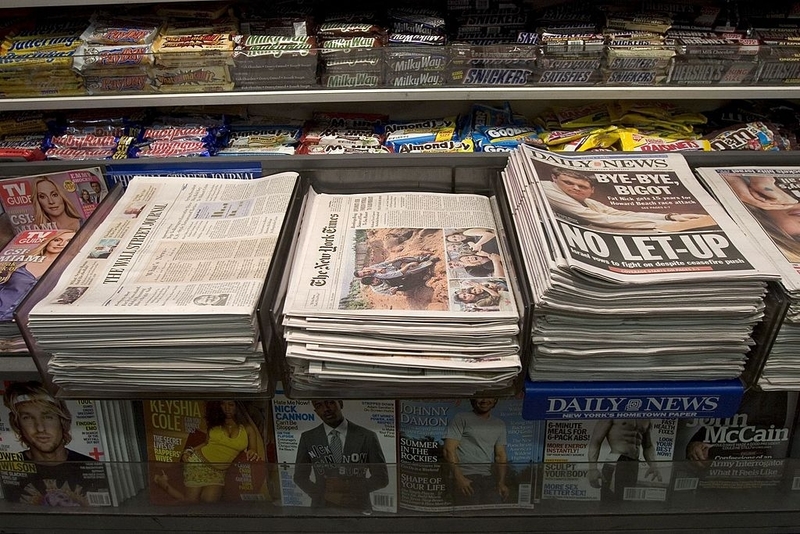
If you’re struggling to keep your fridge smelling clean, then it’s high time you start taking stock of what you have inside. Another great tip is to use containers with tightly-sealed lids to avoid any unexpected spills or subtle odors.
Does Salt Prevent Colors from Bleeding in Wash?
There’s nothing more adult than enjoying a freshly washed bunch of laundry, especially when your clothes happen to stay brightly colored. Back in the day, we might’ve used salt or vinegar to prevent the colors from bleeding during washes; that method remains more of a myth and hasn’t been proven to be effective.
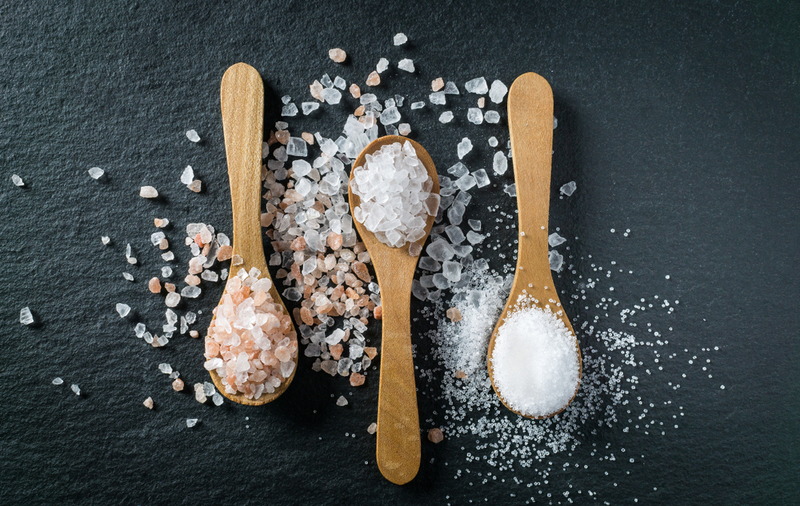
So save your salt for cooking delicious meals that give you the energy for finishing up your house chores, and safely use a commercial dye fixative product to prevent color bleeding instead.
Using a Banana Peel to Polish Your Shoes
Can a banana peel be used to polish your shoes, or is that just a myth? As it turns out, one of the main ingredients found in shoe polish is potassium, which bananas contain a lot of; this is probably where the idea of using bananas to wipe your shoes came about.
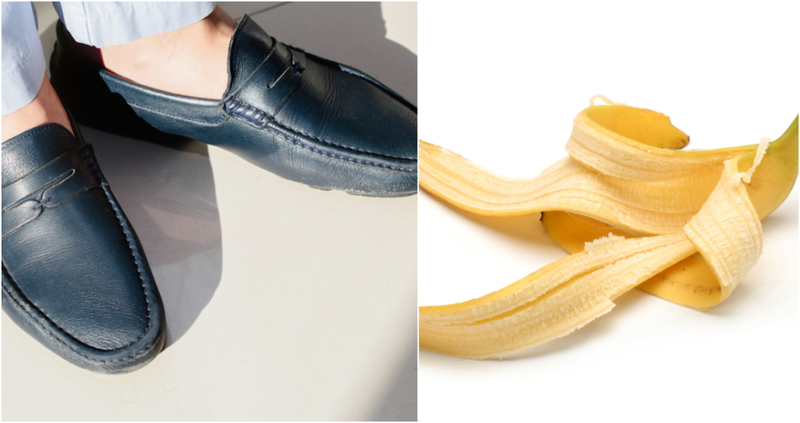
Technically, using the inside of a banana peel can work on polishing your shoes when you’re squeezed for time—but keep in mind that you need to buff it afterward with a cloth, just like regular polish.
Does Hot Water Actually Sanitize Items?
Is it true that hot water can be used to sanitize items reliably? This cleaning hack does seem to hold water! The definition of “hot water” would mean that water needs to boil for it to properly sterilize and sanitize items, at least 212 degrees Fahrenheit.
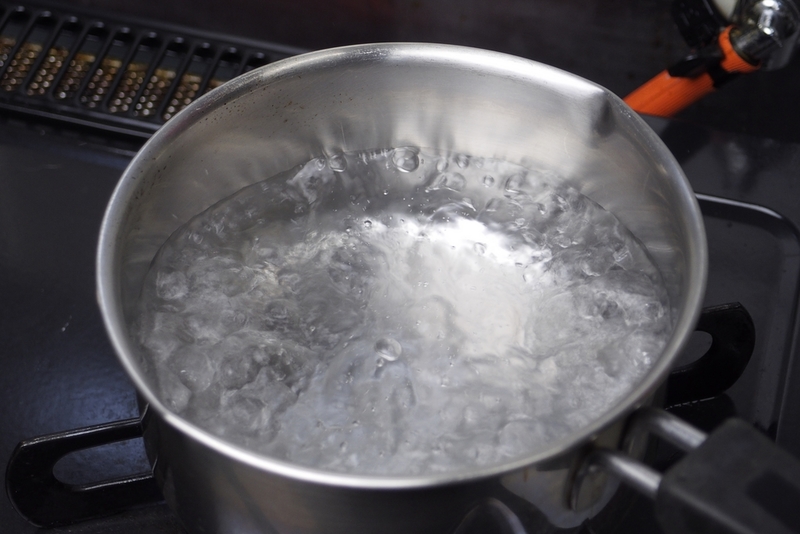
This is almost double the heat that most people can handle when washing their hands. Even though you could sanitize items with hot water, it’s probably more efficient to incorporate a cleaning product into the process.
Do Dirtier Clothes Equal More Detergent?
Did you ever wonder why they made those cute little detergent pods? It’s to help get the correct dosage when doing laundry because dirtier clothes don’t mean you need more detergent.
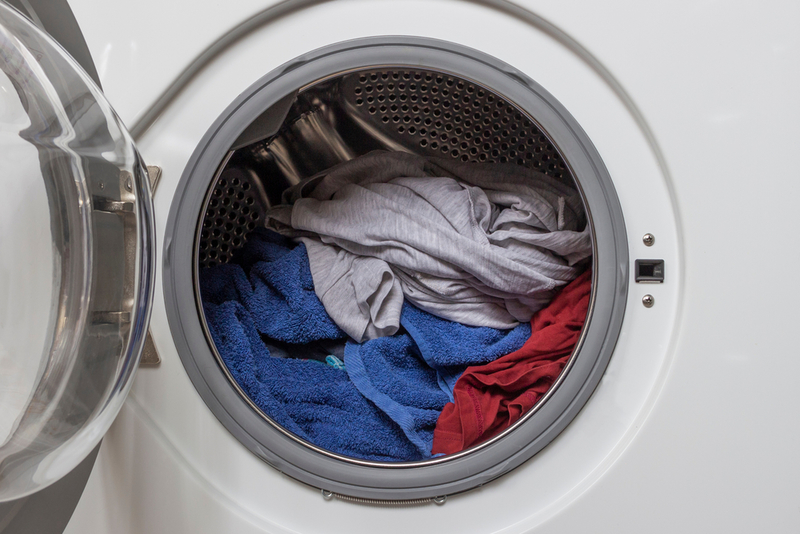
Seeing as a high-efficiency washing machine uses less water, and having too much laundry can soak up all the water, meaning there won’t be enough liquid to completely dissolve the detergent.
Don’t Waste Your Coffee Filters on Dusty Screens
Let’s be honest; cleaning hacks can always be really fun if you find one that really works. But when repurposing other household products, it’s might be best to take the “better safe than sorry” approach.
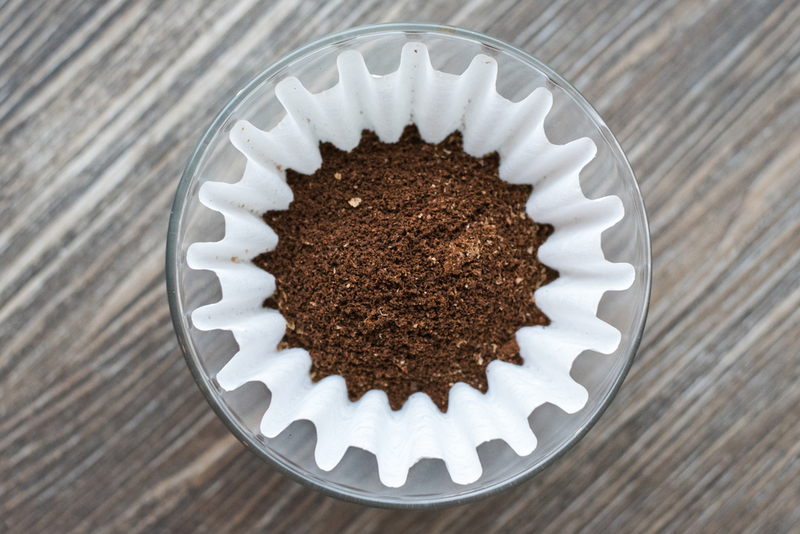
There are several sources that claim that using coffee filters to clean off your screens is a simple DIY option and won’t scratch the surface, but why waste your precious cup ‘o Joe filters on your dusty TV screen when you could just as easily use a screen wiper cloth for it?
Does Vinegar & Baking Soda Actually Work?
Baking soda combined with vinegar makes for a great natural and easy DIY cleaning solution that has been around for quite some time. But does it actually work? The truth is that the reaction between vinegar and baking soda does give surfaces an immediate ‘clean’ look, but we will see we’re just left with saltwater when we take a closer look.
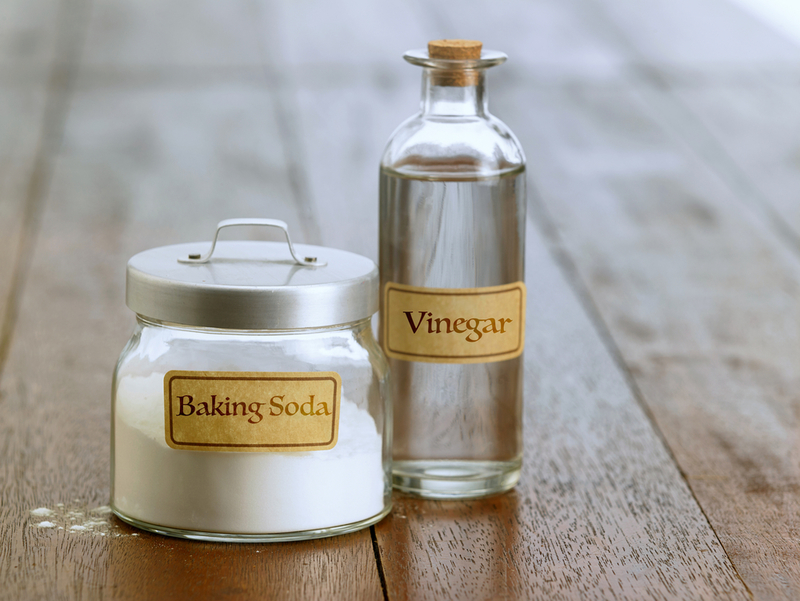
The agitation of the fizzy reaction itself can better break up and carry dirt away, but there’s not much long-lasting help. While this blend can be used for cleaning, but keep in mind that it’s not the most effective for sterilizing and sanitizing.
Overcleaning Your Surfaces
Depending on how much you utilize your kitchen, and windows or doors nearby, and where you live, you might feel it necessary to wipe down your counters and cabinets daily from the dust. But, bear in mind that using strong cleaning products on your surfaces—especially wooden ones—can do more damage than you would expect.
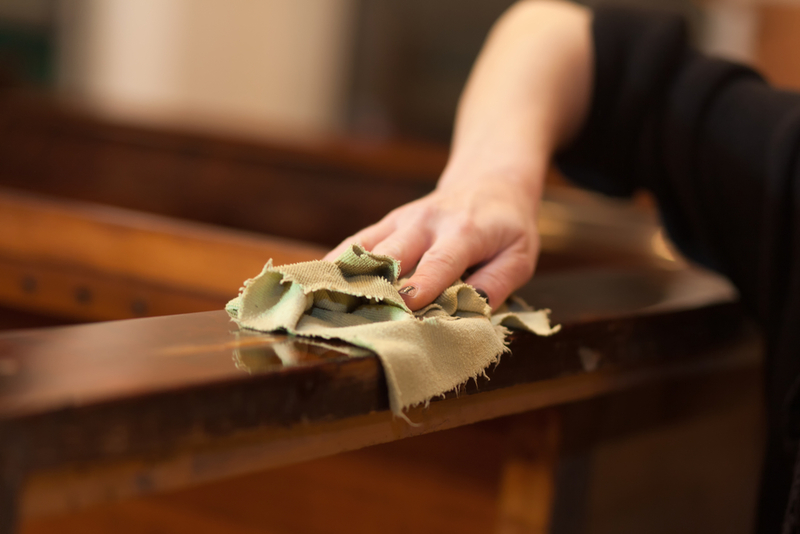
Overcleaning can be an issue and can affect the ware and varnish of specific materials. It’s always important to understand how each surface needs to be maintained before starting a daily cleaning mode. Most surfaces just need a quick wipe with a damp cleaning cloth and a little bit of dish soap.
What Can You Do With Wax Paper?
There’s nothing like having a sentimental table cloth or a delightful dolly that you only use for special occasions. But keeping these antique items in good condition gets tricky, especially as time goes by. Using wax paper can be a great solution for storing your fabrics away and safe from further damage.
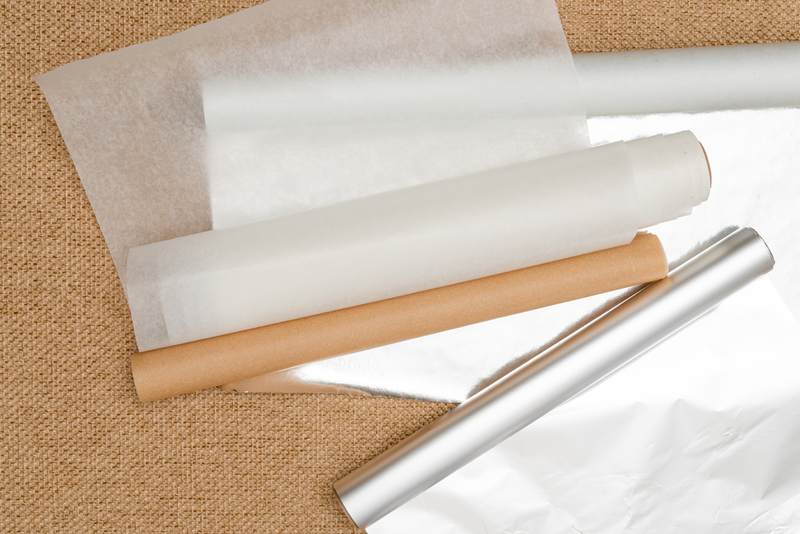
Lining a piece of wax paper between your linens helps deter any trapped moisture and block out exposure to excessive light. The only thing you need to remember is to store your linens in a place that doesn’t get too hot, as wax paper can melt and rub off on certain fabrics.
A Secret Way to “Unshrink” Clothes
There’s no need for sophisticated science when it comes to resizing your clothing. It might seem a little crazy that you can alter your clothes after they’ve shrunk in the dryer, but evidently, there’s a DIY way that works!
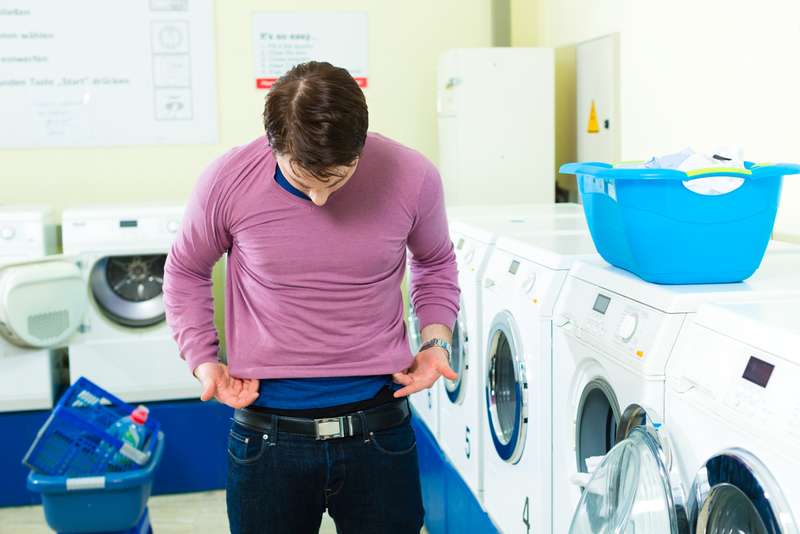
It’s possible to stretch back out your clothing using hair conditioner as a DIY solution. However, it’s essential to note that this doesn’t work for all fabrics, and each fabric will require its own solution to work.
Black Tea For Your Hardwood Floors
Using black tea for your hardwood floors has been a secret cleaning hack for ages. That’s right, apparently, if you want to keep those hardwood floors to shine and deepen their color, throw in some teabags in a bucket of water is all you need to do! Bear in mind to test a small area before mopping the whole area to confirm that this hack is safe.
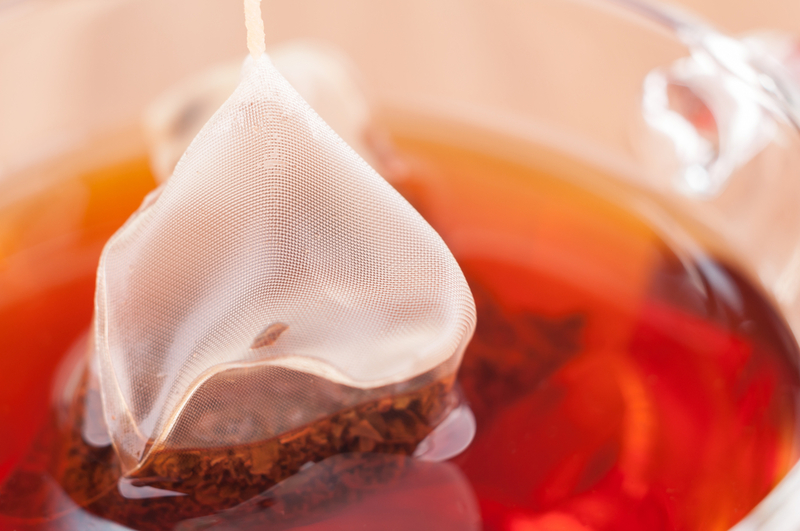
After boiling a full pot of water: Add 5-6 black tea bags to seep in for around 10 minutes. If your tea is too hot to the touch, add some cold water while carefully pouring your pot of brewed tea into the mop bucket. Soak your mop into the bucket, and wring out any excess liquid—no need for it to be soaking wet!
How to Keep Food Stains Away
One of the most reliable ways we can avoid food stains in our containers is to rinse and clean them immediately after using them, of course. But often, life gets in the way, and we don’t have the time to do it right away and end up dropping our containers in the sink until we get home at the end of the day.
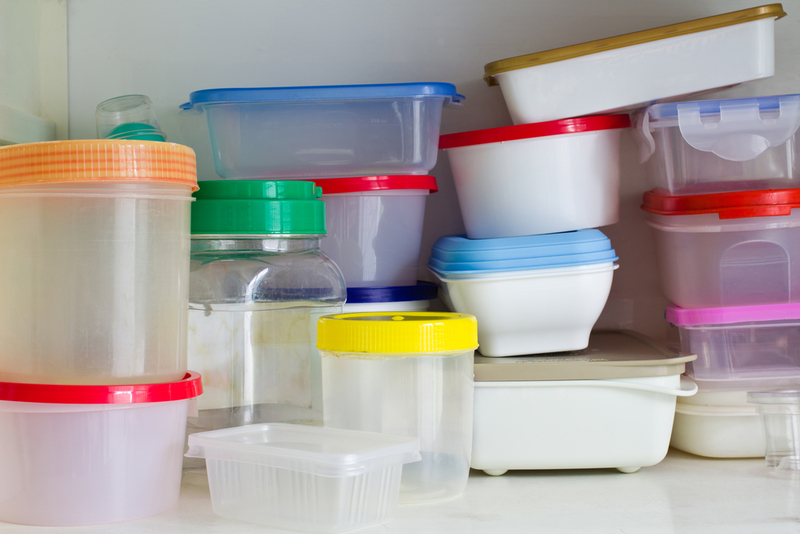
However, if you fill them with hot water and a little bit of dish soap, it will make the cleaning process so much easier and keep all of the greasy and oil stains away because of the detergent. This will help prevent food stains, but it will also make it easier to clean up any excess leftovers.
Hair Spray Can Remove Static, But at What Cost?
In theory, using hairspray to free any static between clothing or drapes works. If it works for your hair, why wouldn’t it work for fabric? Right? However, the spume that spews out from the chemicals in the spray will leave you with a sticky feeling, so it doesn’t seem worth it.
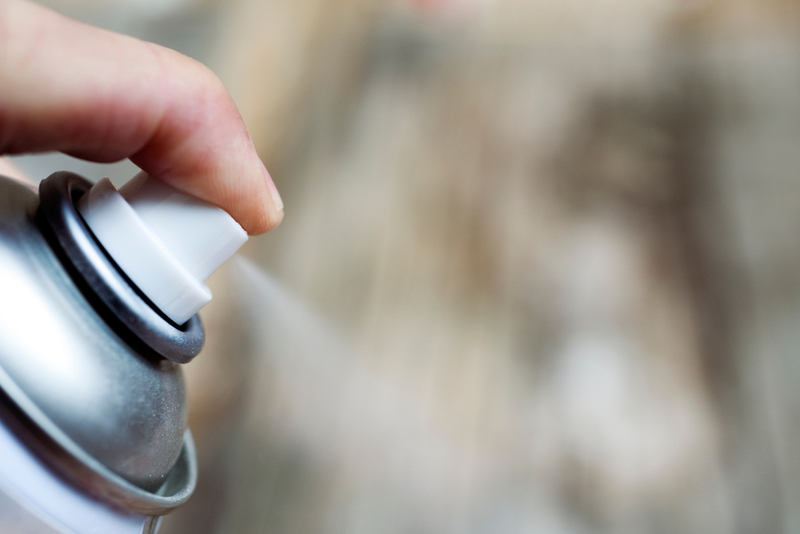
If you’re in need of a quick and easy solution, you can just try rubbing a little water, as a touch of moisture will help calm the static.
Dryer Sheets Can Help with Dust
Let’s be honest, using a duster clearly seems counterintuitive since it just of just releases the dust back into the air. Still, there is a secret hack for sweeping up that extra dust and stray hairs from your furniture by using a dryer sheet. Both new and used sheets will work in this case—just make sure to dampen them to effectively help wipe down the dust.
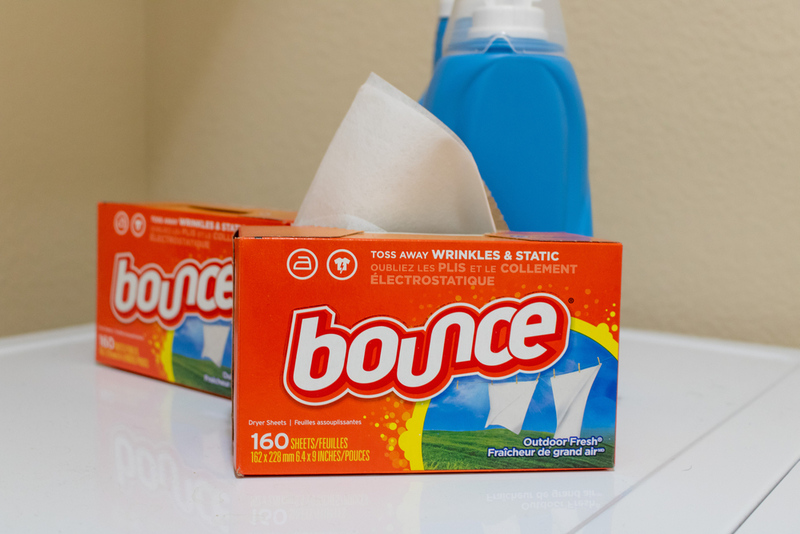
So how does it work? Similar to removing the static in your laundry while in the drying machine, dryer sheets can also remove hair and dust off your furniture. This hack is great for wiping away dust quickly on books, shelves, indoor plants, or even ceiling blade fans.
Using Soda Pop to Clean Your Toilet Bowl
You would think that using soda would be a poor choice for cleaning because of all those added sugars and chemicals, but apparently, it can clean those stubborn stains! While this won’t work for all surfaces, but it works wonders for your toilet.
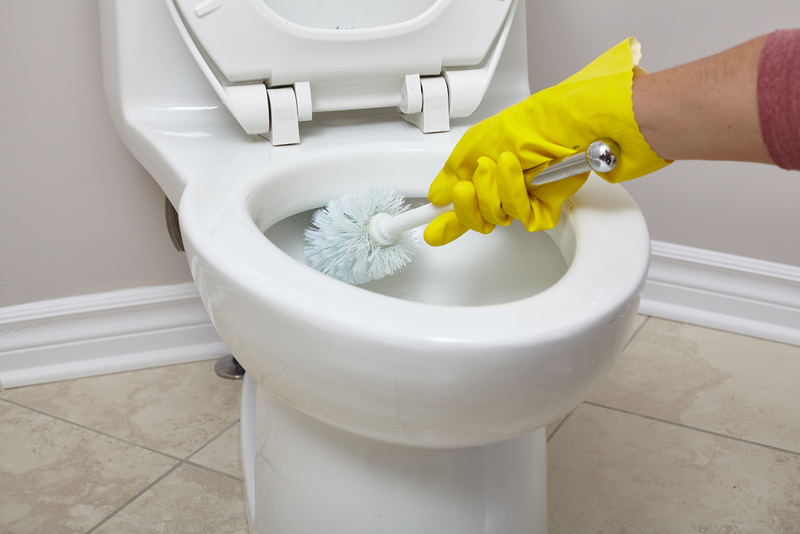
That’s right; if you throw in some Coca-Cola down your toilet bowl, letting it soak for a few hours, then flush it and scrub the excess filth, and flush again, you should have a sparkling clean toilet bowl looking fresh once again! Who would’ve thought?
The Wonders of Linseed Oil & Leather
It’s always thrilling to find out that you can get something done all by yourself without taking a trip to the store to buy anything extra. So when it comes to your leather furniture and sofa, there’s a nifty DIY hack you can use for cleaning. You can make this solution with one part vinegar and two parts linseed oil, and it’s meant to keep your leather sofa supple and looking shiny.
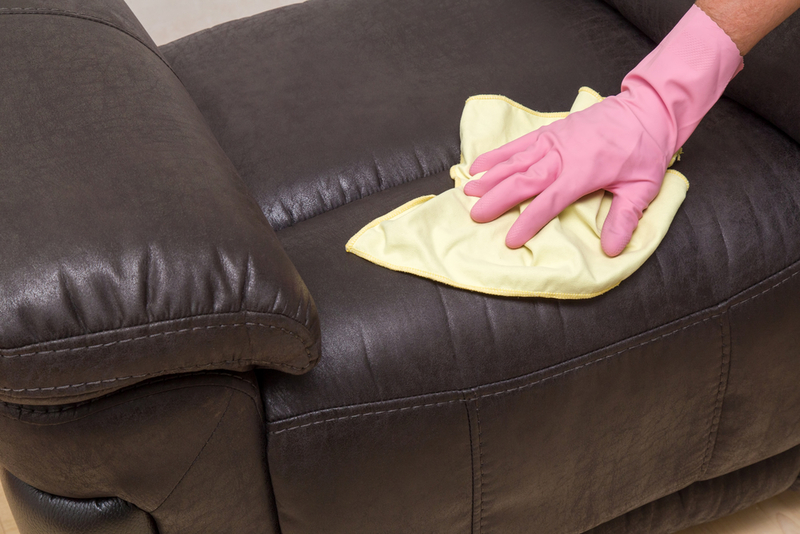
But just like with any DIY solution, it’s important to test out a small area first to make sure your solution’s blend is correct before you start wiping down your whole couch.
Using Rubber Bands in Your Dishwasher
Let’s be honest here, at the end of a fun birthday party or that monthly game night get-together, you won’t always have the energy to wash all of those cups, glasses, plates, and silverware. And even though using the dishwasher would be simpler, it always seems like a risk that your glasses might break mid-cycle.
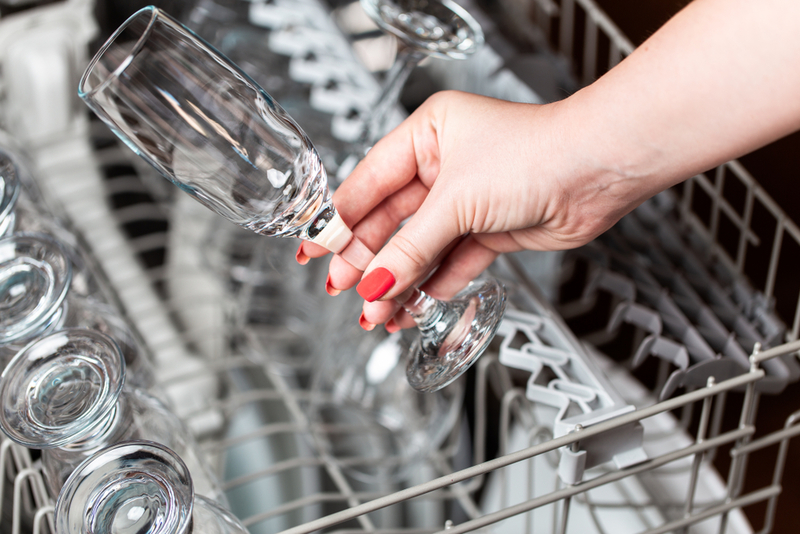
But no need to worry, though! If you use a rubber band to fasten down your glass on the top dish rack where you put the drinkware of your dishwasher, then they’ll be secured down safely during the wash.
The Fastest Way to Sterilize Your Sponge
Just like how it’s important to clean your home, it’s just as important to wash and disinfect your sponges—especially if you’re using them to wipe down different types of surfaces. While most people just throw them in the dishwasher, but there’s a faster and more effective way to disinfect them. According to environmental engineering research at the University of Florida, placing a wet sponge in your microwave for 2 minutes will sterilize it and zap all the bacteria.
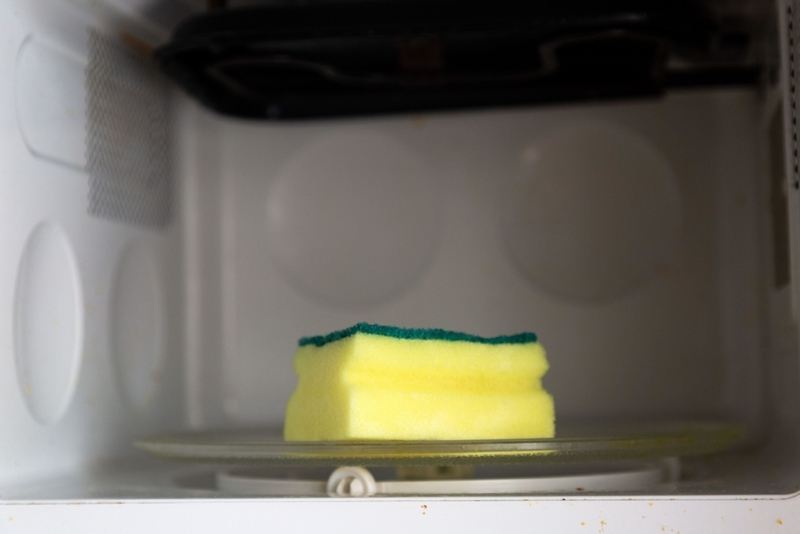
Just make sure that your sponge doesn’t contain any metals or steel. There isn’t a need to microwave it for more than 2 minutes. When removing the sponge from the microwave, use caution, and even wait a few minutes, as it might be too hot to touch.
Using Cornstarch for Iron Burns
Cornstarch is a really compelling product, with it being able to be used in all sorts of ways when it comes to cleaning. Now, this particular unique ingredient can be used for a particularly unique situation when dealing with a laundry mishap. Cornstarch can help remove scorch marks that happen when you’re ironing your button-up shirts or fancy attire.
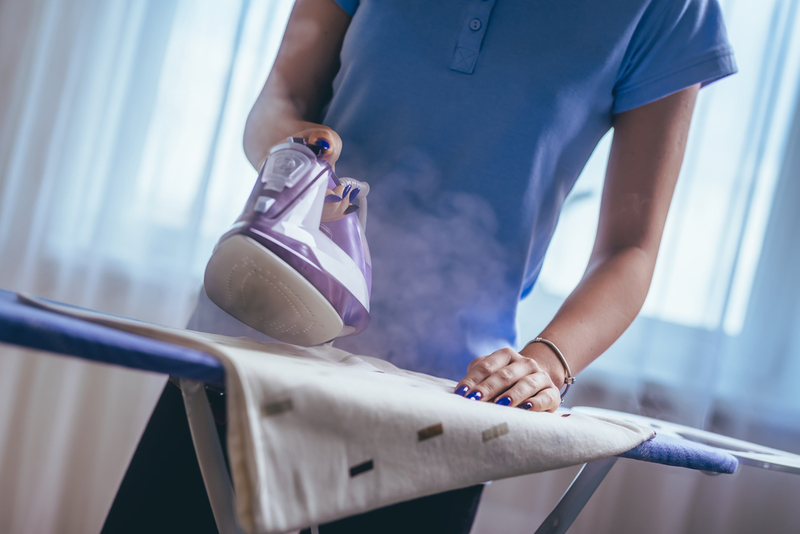
All you need to do is wet the scorched area, coat it up with cornstarch, and wait for it to dry. Once it’s been dried up, you can brush it off—making sure to brush it off parallel to the scorch mark.
Should You Pour Coffee Grounds Down the Drain?
Some people grew up knowing that coffee grounds need to be dumped in the trash, and others have learned that it’s okay to use down the garbage disposal. While it’s been rumored that discarding coffee grounds down your disposal can help neutralize smells from all of that old food you dropped down the drain and keep your sink smelling clean.
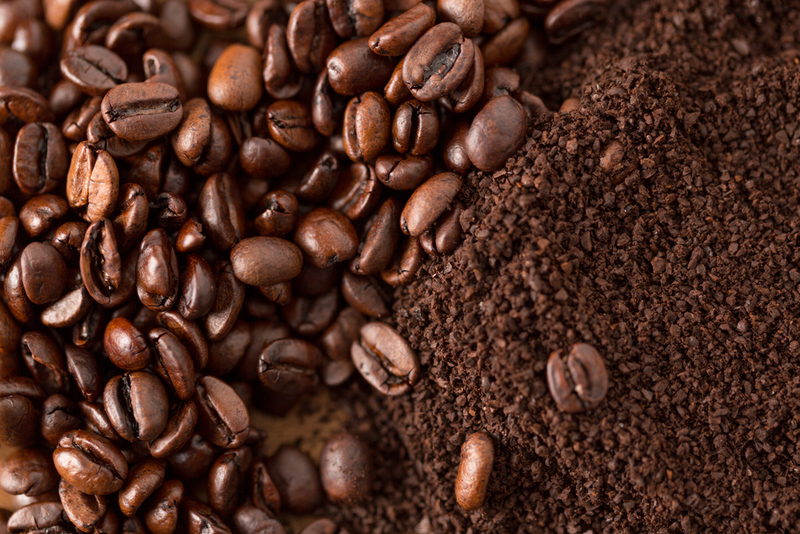
It’s important to make sure that your disposal and sink can handle that. Not every sink or garbage disposal works the same, and there’s no need to clog it with old coffee grounds for no reason.
Using a Car Product in the Kitchen
You wouldn’t think to use exterior cleaning products indoors, but do we have an interesting fun fact for you! Supposedly, using car wax on your stovetop will make it easier to clean up in the long run. The first thing you will have to do is clean the stovetop since the car wax might seal the grease and dirt if it’s not cleaned beforehand. Then wipe just a little bit of car wax on top of the surface, wait a few minutes, then shine it off with a new, clean cloth.
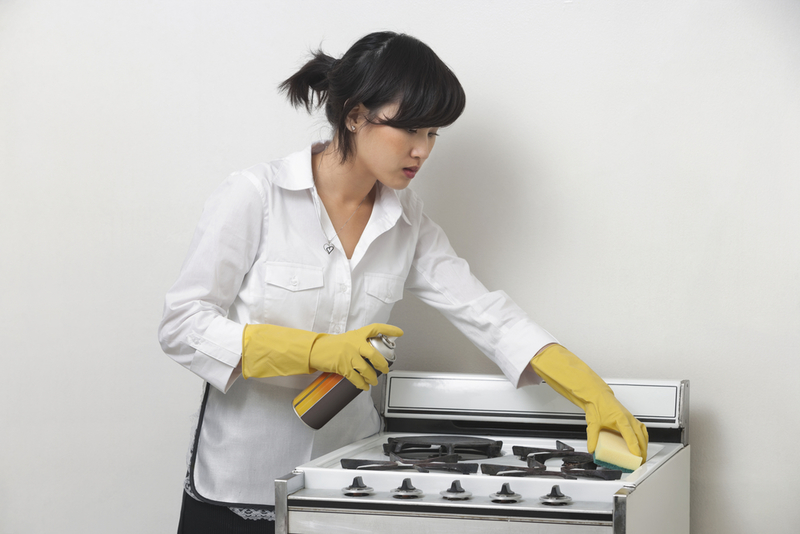
“A little goes a long way … Not only will the stovetop look much cleaner, but it’ll be much easier to clean spills off the surface,” organizational expert Peter Walsh shared on an episode of Rachael Ray Show.
A Secret Ingredient to Add to Your Laundry
We have mentioned how you shouldn’t add too much detergent into your washing machine when doing laundry. Still, apparently, there’s a secret trick that you can use to help freshen odors—specifically for workout clothes! If you add in a cup of sugarless mouthwash with your detergent when doing a load of laundry.
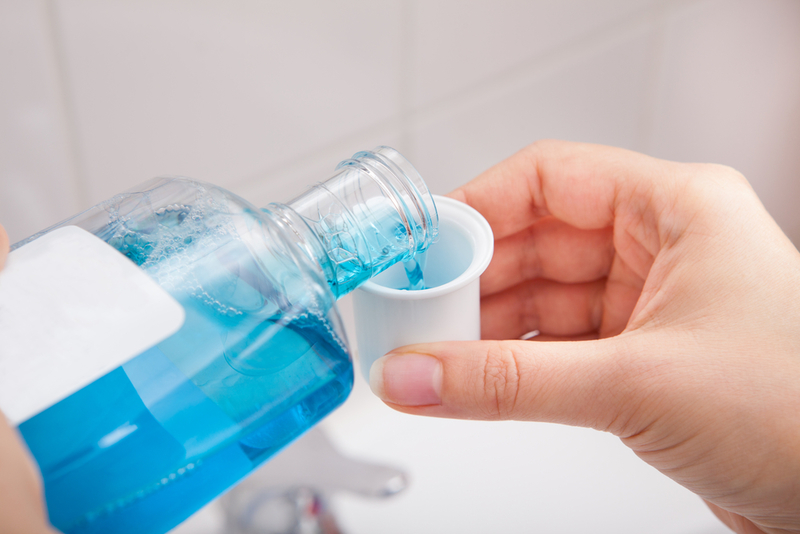
It should clean away all of the bacteria and excess dirt or gunk you get from working out. Not just that, but mouthwash is probably good for keeping the actual drum of your washing machine clean.
Adding Lemons into Your Dish Washing Load
There’s a big debate on whether or not you should place slices of lemon in your dishwasher while you’re washing a load. While some people claim that it doesn’t do anything, but it doesn’t hurt to try it out as long as you do it properly. A common misunderstanding is that lemons can replace regular detergent, so clearly, a few lemon wedges can’t clean a whole dishwasher chock-full of dirty dishes if we think about it.
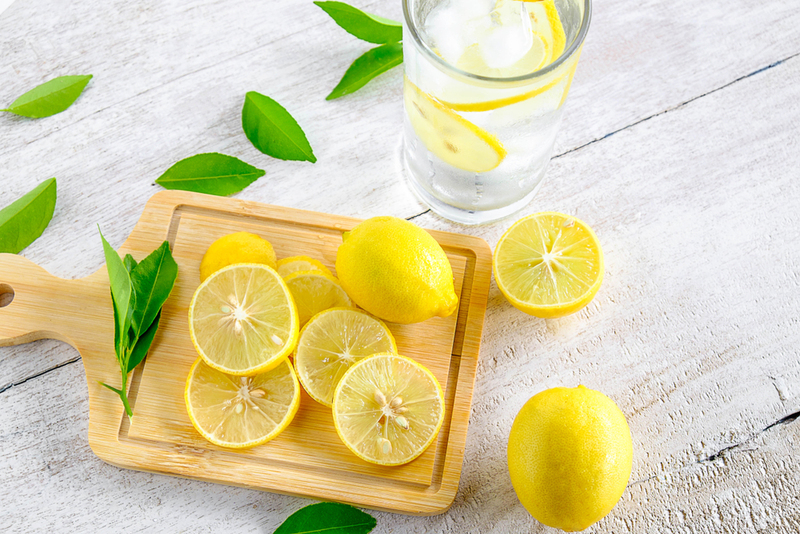
So keep in mind to prepare your dishwasher like you normally would with detergent. Another thing to make sure of is that you fasten the wedge where it won’t move around—like the cutlery rack or the top rack on one of the drinkware slots.
Using Bleach is Hazardous
Using bleach on any type of eating surface or appliance should be avoided at all costs and is never a good idea. And yes, this does include the inside of your appliances, like your coffee maker—the surface is a different story; you can freely use a mild bleach-and-water solution to make the outside sparkle and shine. So never use bleach to clean the brewing device of a coffeemaker.
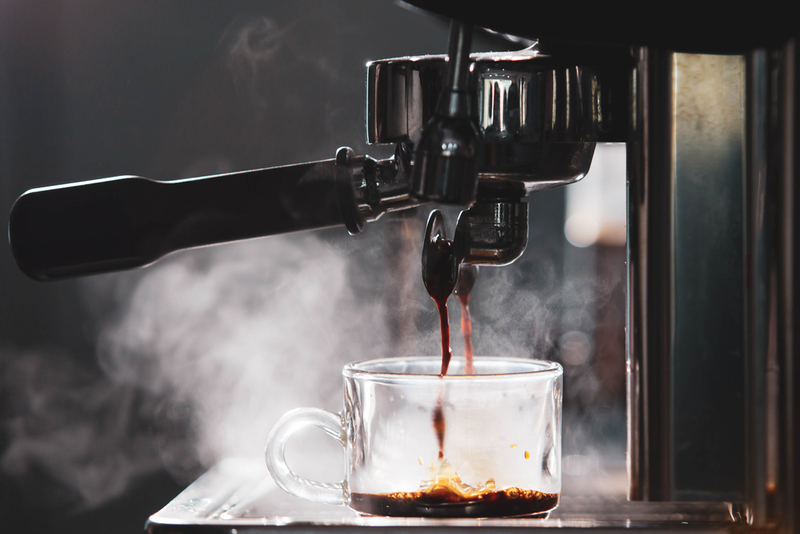
Rather, you can run white household vinegar through the brew cycle to clean out lime-water buildup. Then run through a few cycles of water to eliminate any residual vinegar before you brew coffee again.
Can You Use Plants To Purify The Air In Your Home
Keeping a bit of green in your home might be an aesthetic choice instead of a sound one, but having plants in your home can actually clean and purify the air around you, giving you a healthier, fresher living environment as a result.
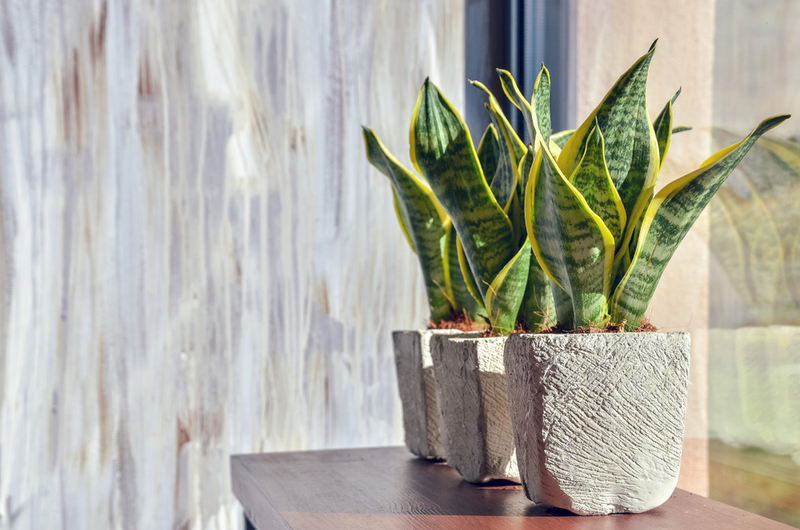
Certain plant varieties like Boston ferns, snake plant, peace lilies, and English ivy do the job exceptionally well.
Homemade Window Cleaner
Having clean windows doesn’t mean you have to splurge on expensive cleaning sprays. Simplicity is key when it comes to wiping down your windows.

Feel free to skip those commercial cleaners altogether and deliver great results with a homemade solution by combining equal parts of vinegar and water.
How to Clean Your Washing Machine
Just because we rely on our washing machines to keep our clothes clean doesn’t mean that they’re necessarily clean themselves.
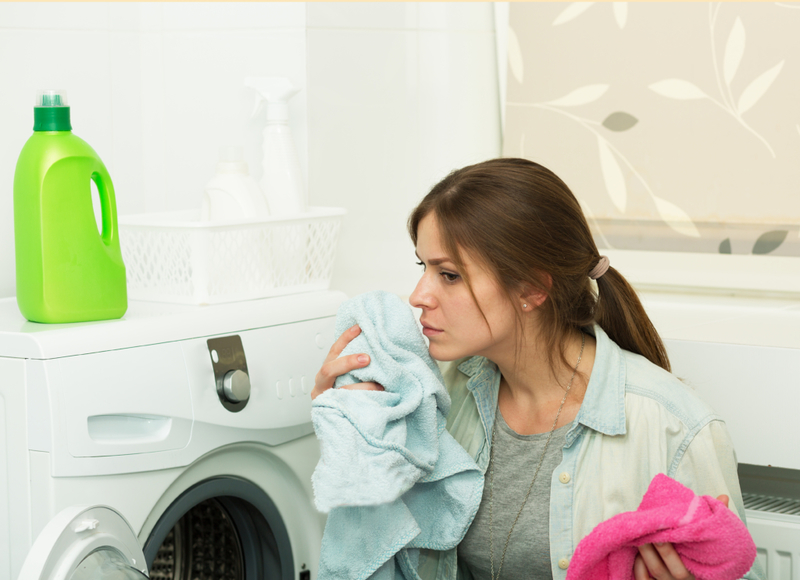
Your washing machine will require a good intense wash from time to time and keep it working at its best, so it will suffice to run a brief but hot wash cycle every now and then with the works detergent and, if it’s been a while, maybe use some bleach and then rinse the machine out.
Soaking Your Cookware
Some kitchen and cookware does well with a good soak before you can scrub away at it, but the rule doesn’t apply across the board.
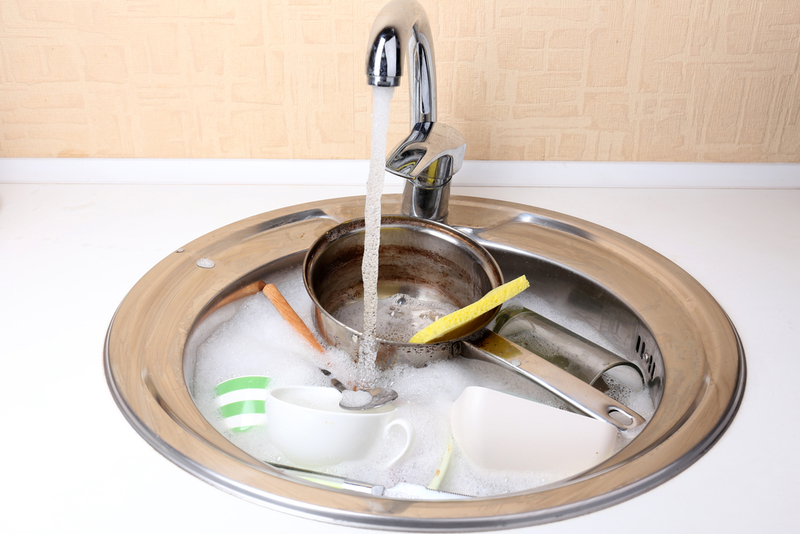
Certain cooking utensils like stainless steel pots and pans shouldn’t ever be soaked, seeing as they are prone to water stains, and leaving them to soak could result in pitted surfaces. You should also avoid soaking your wooden utensils since the water will cause them to curve and crack.
Hot Water As a Disinfectant
Hot water can kill some bacteria, but it has to be piping hot (around 212 degrees Fahrenheit), and the contaminated surface must be exposed for a few minutes for it to be effective. Since most home water heaters are set at 120 degrees Fahrenheit, you’re fooling yourself if you expect hot water alone to kill germs.
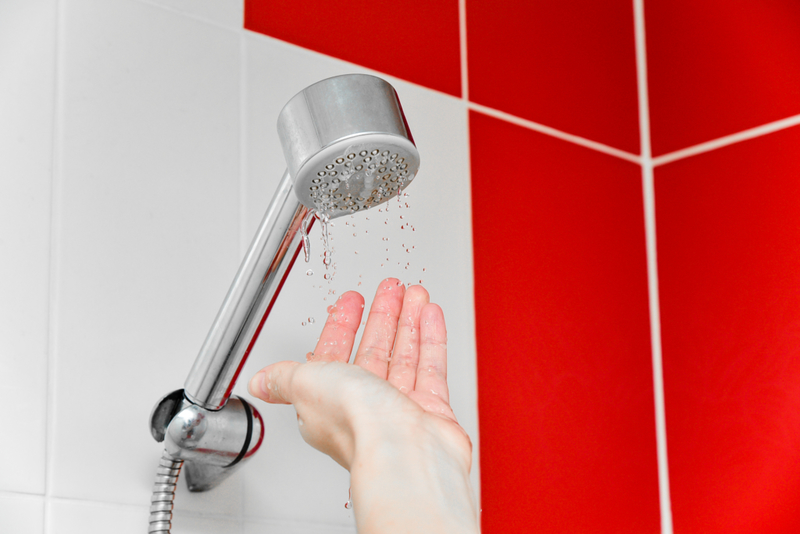
Once the flu sweeps through your home or after preparing raw meats in the kitchen, add a commercial disinfectant like pine oil to your cleaning routine.
Use Coffee to Keep Dark Clothes Dark
There has been a cleaning going around that says adding two cups of coffee or tea to your rinse water to keep clothes dark. Yes, coffee and tea may be effective dyes, but the average rinse cycle in a standard washing machine uses up to 16 gallons of water.
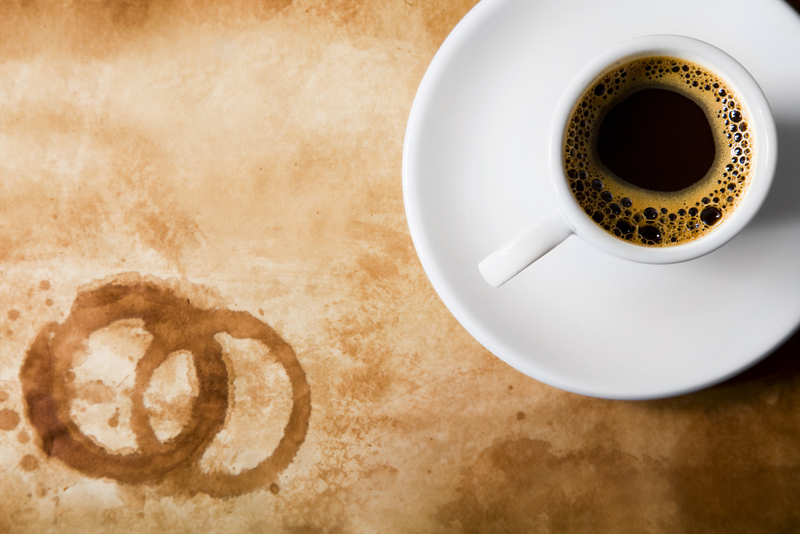
So how much dying can happen with only two cups of coffee or tea? Almost none.
Towels to Help Dry Clothes Faster
No one likes finding that one piece you want to wear is the only damp item after your laundry is done. You had your heart set on wearing it, and now you need to dry as quickly as possible.
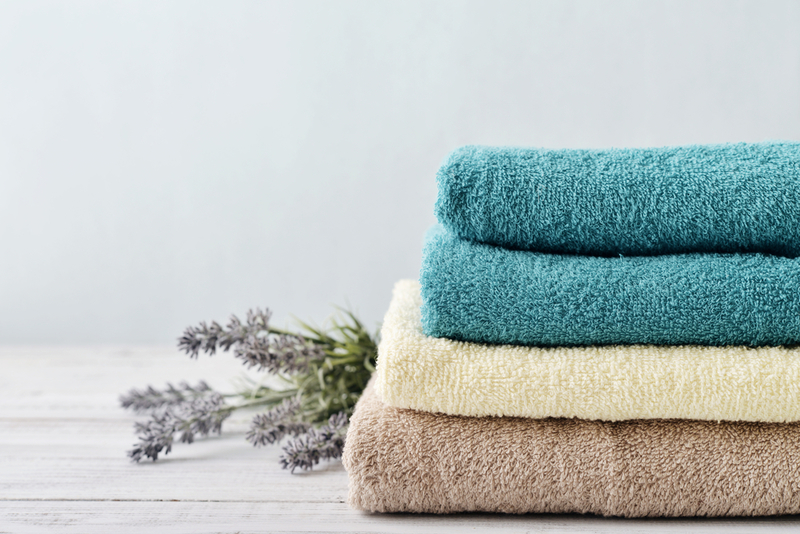
Before you throw it in the dryer, add a couple of dry towels. They will help absorb some of the extra moisture and speed up the drying process.
Use Ice to Remove Wrinkles
Sometimes we forget to remove the clothes from the dryer, which inevitably leads to creases and wrinkles. So what do you do when your shirt today is all crinkled and looks rumpled up? Simply toss a handful of ice cubes into the dryer along with the wrinkled shirt. Tumble dry for at least 10 minutes on high heat.

When the cycle is complete, immediately remove the shirt and hang it up. Just smooth down the collar, cuffs, and seams with your hands. This hack works because the steam created by the melting ice relaxes the fibers and helps wrinkles vanish.
Baby Oil Polish for Chrome
You’ll be surprised when you see the remarkable results when you apply baby oil to your chrome fixtures. You can buff up your toilet handle, your faucets, showerhead, and even your kitchen sink—with just a few drops on a clean cloth.
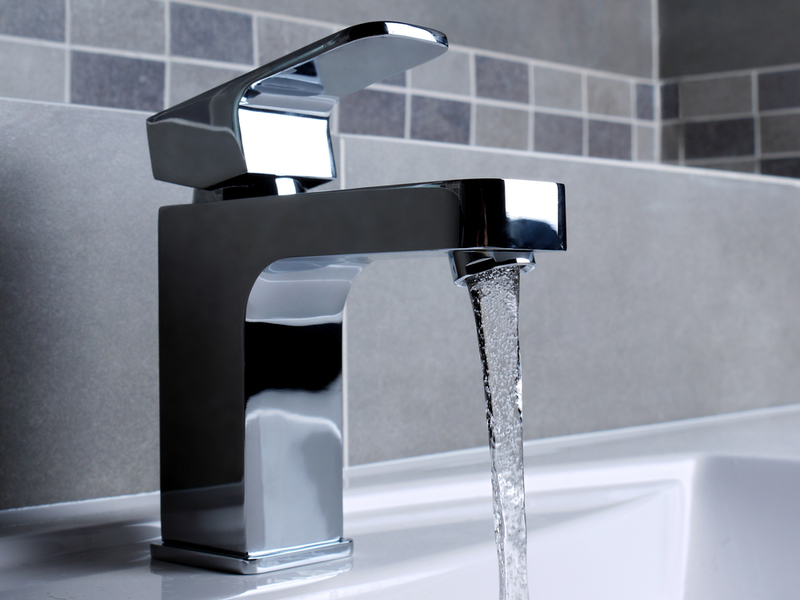
Then, add a dash more to the toilet tank and toilet bowl and shine until the porcelain shimmers.
Nail Polish Prevents Rust
Another little trick you can use to keep rust at bay is by using nail polish to coat areas that are prone to rust. Try it with your hardware around the house to get it all rust-free by coating the bolts and screws with clear nail polish.
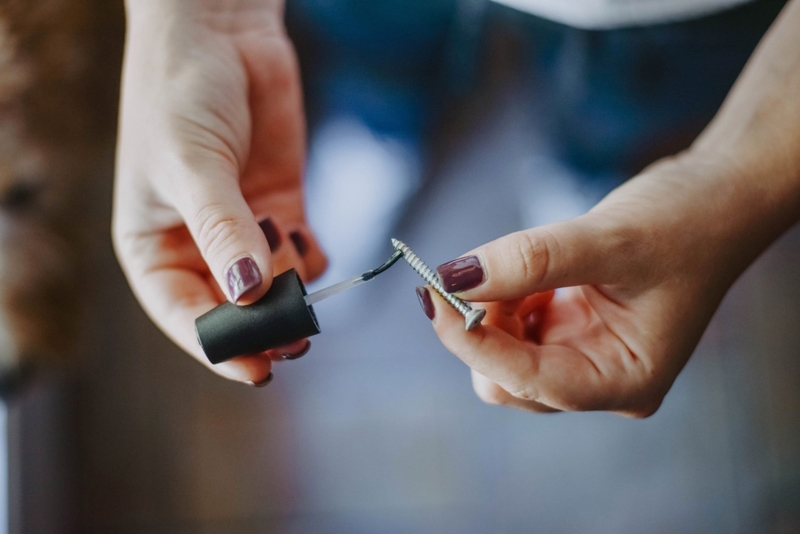
This will also stop the seat from slipping around since the screws will be less inclined to loosen.
Lemon Juice to Brighten Laundry
Lemon juice is acidic, just like vinegar, giving a similar natural bleaching effect. Simply add one cup of lemon juice to your next load in the machine when washing white clothes to help keep their color sharp. Seeing as white cotton socks can easily become heavily stained and shabby.
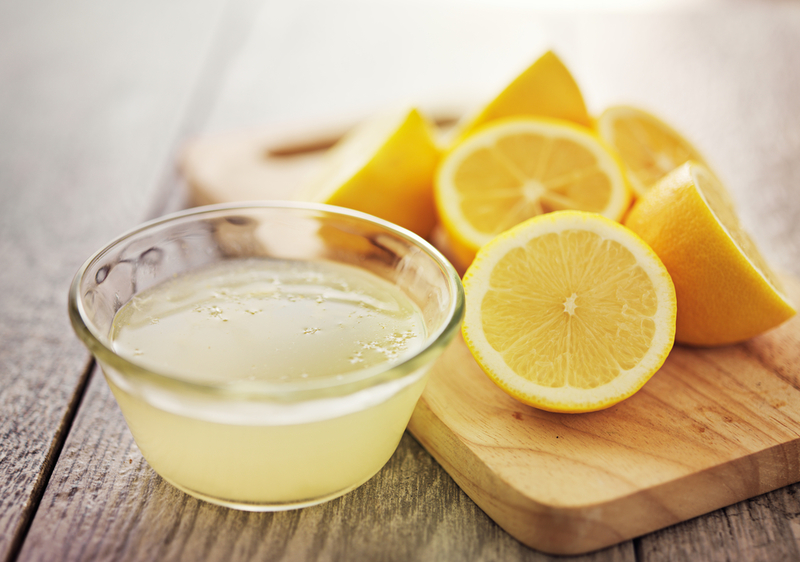
You can whiten them by adding one lemon sliced into wedges to a large bucket of boiling water. Throw in the socks and let them soak overnight before washing.
Ultraviolet Rays
Did you know that you can use the sun’s ultraviolet rays to whiten your clothes? Plus, this is also an ideal green laundry solution. If you already have a clothesline, it’s that easy, and it’s free! You’re saving some extra cash and natural resources by not using a clothes dryer, and your carbon footprint will be nearly zero.
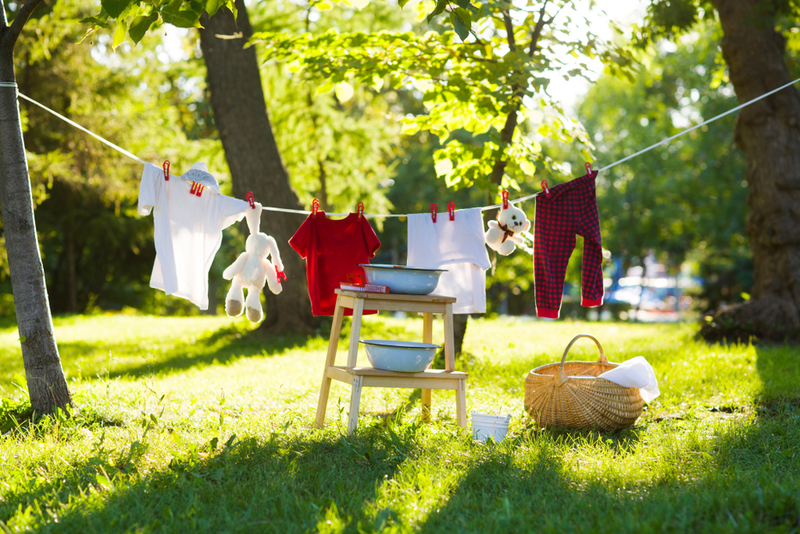
The ultra-violet rays can whiten, tarnish stains, and disinfect fabrics while they dry. But keep in mind that these same rays can fade colored fabrics.
Remove Stains From Clothes with Hydrogen Peroxide
Hydrogen peroxide works great as a stain remover for protein- and plant-based stains and effectively treats blood, vegetables, and fruit stains. Hydrogen Peroxide is a very mild form of bleach; it is best to first test hydrogen peroxide on colored clothes in an inconspicuous place like the inside seam or the hem to make sure those colors don’t fade.
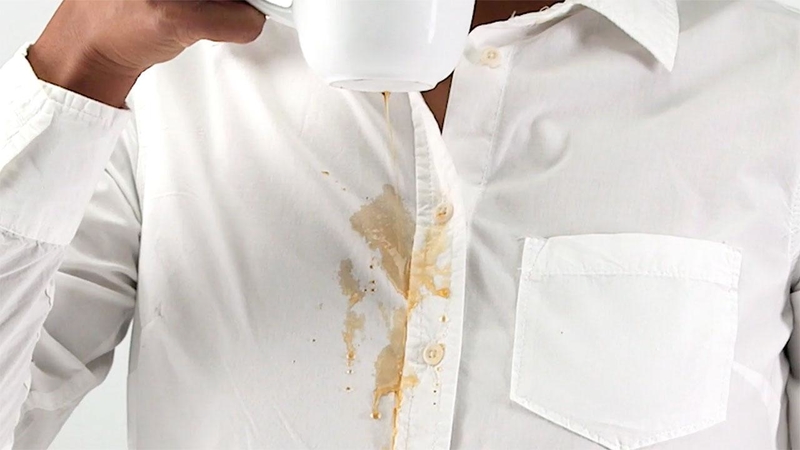
To treat stains, simply pour or spray a dash of hydrogen peroxide on the stain and let it soak for about ten minutes before washing the garment as usual.
Vinegar to Clean Water Stains
Vinegar has often been praised as a miracle substance, capable of cleaning tiles, washing dogs, killing unwanted weeds, and extending the life of cut flowers. So it should come as no wonder that vinegar can help clean water stains from car bodies and glass.
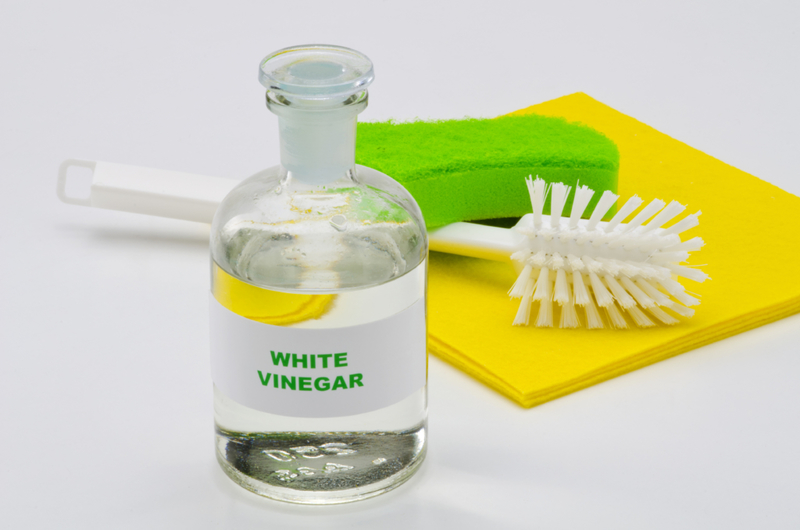
White vinegar is mildly acidic, making it an effective rival to alkaline deposits. All you need is white vinegar, distilled water, a clean bowl, a spray bottle, a cotton towel, and paper towels.
Clean Tarnished Copper With Ketchup
Is your favorite copper kettle looking a little lackluster? Don’t fret! Rather than buying a commercial specialty cleaner you’ll use once a year, all you have to do is open your fridge. This may come as quite a shock, but one of the best ingredients for cleaning copper is ketchup!
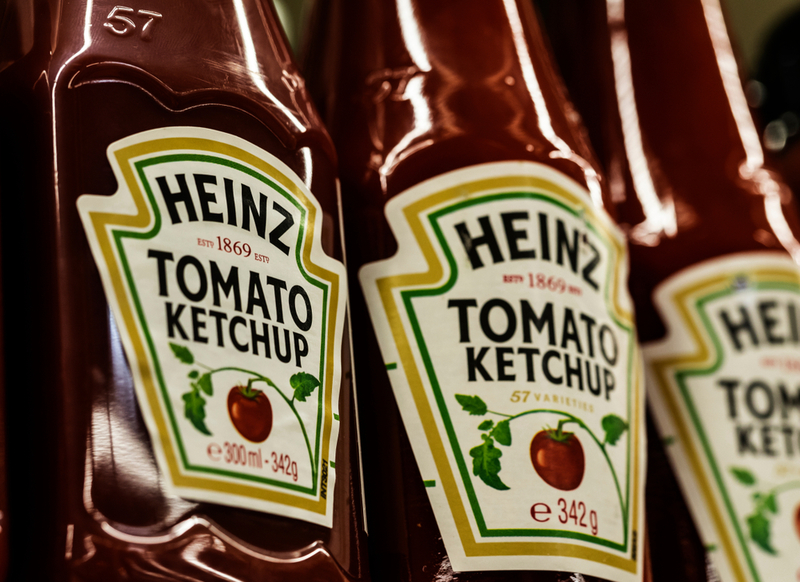
Ketchup works well against the grime and tarnishes that collect on your favorite copper cookware and cooking utensils. The acetic acid in ketchup works by lifting the tarnish and leaves you with an item that looks good as new!
Stunning Royals in Stunning Gowns
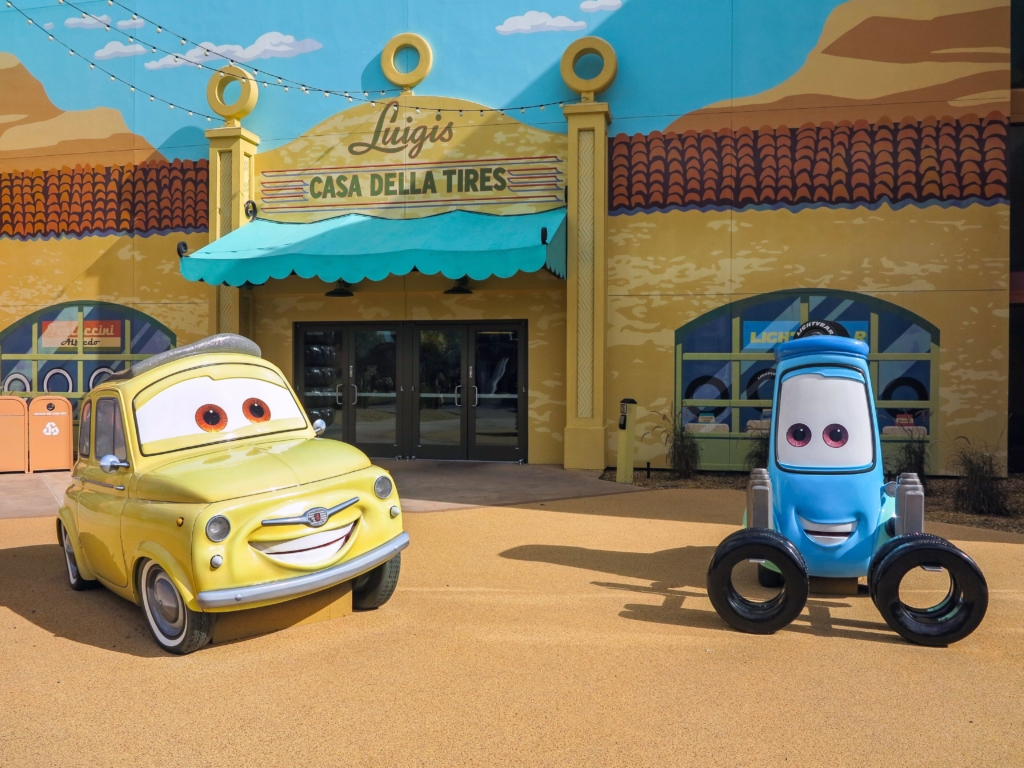
Crazy Disney Fan Theories That Will Make You Rethink Everything

Thinking of Adopting? Advice for First-Time Pet Foster Parents
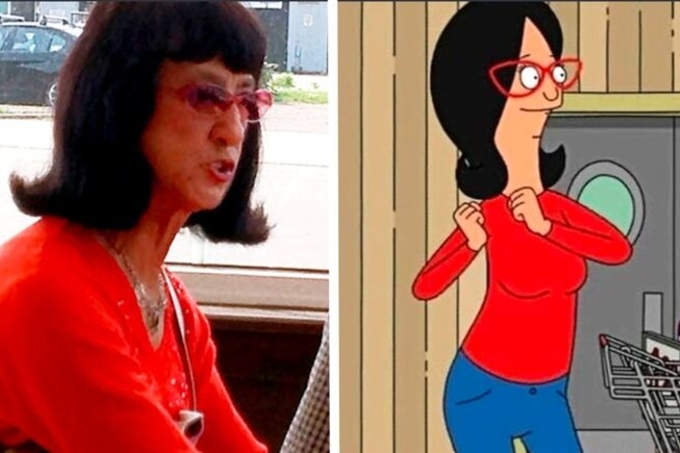
Cartoons Characters and the People Who Look Freakishly Like Them

The World’s Worst Bridesmaid Dress Choices

These Famous Reality TV Shows Are Actually Fake!
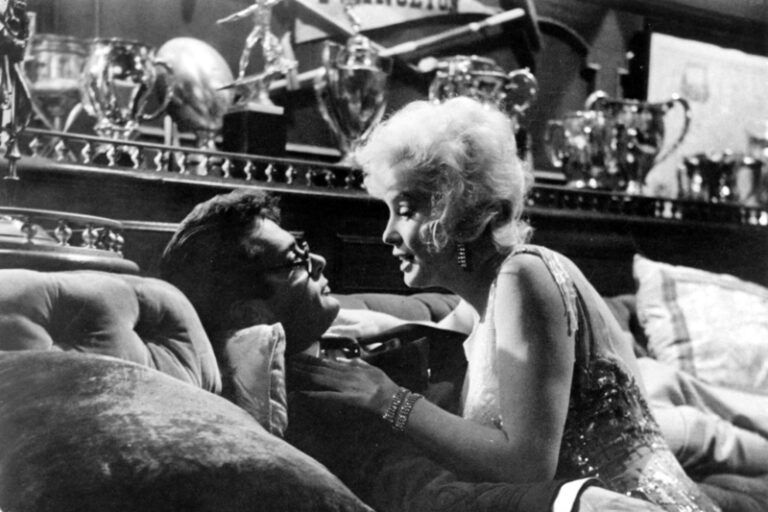
More Actors Who Couldn’t Lock Lips Onscreen
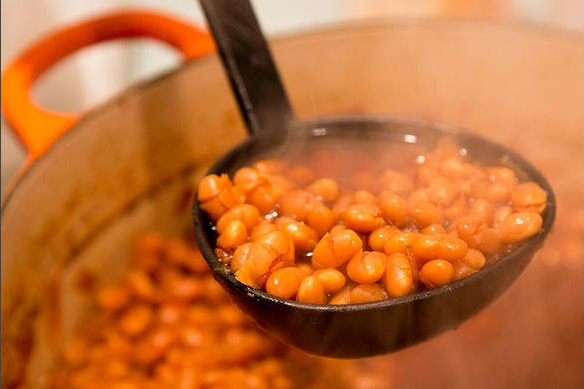
The Grossest Food From Every Single US State

More Stunning Photos That Bring Burning Man to Life

Why the ‘Sweet Caroline’ Singer Had to Retire the Mic


















